Hung-Ting Su
MovieCORE: COgnitive REasoning in Movies
Aug 26, 2025Abstract:This paper introduces MovieCORE, a novel video question answering (VQA) dataset designed to probe deeper cognitive understanding of movie content. Unlike existing datasets that focus on surface-level comprehension, MovieCORE emphasizes questions that engage System-2 thinking while remaining specific to the video material. We present an innovative agentic brainstorming approach, utilizing multiple large language models (LLMs) as thought agents to generate and refine high-quality question-answer pairs. To evaluate dataset quality, we develop a set of cognitive tests assessing depth, thought-provocation potential, and syntactic complexity. We also propose a comprehensive evaluation scheme for assessing VQA model performance on deeper cognitive tasks. To address the limitations of existing video-language models (VLMs), we introduce an agentic enhancement module, Agentic Choice Enhancement (ACE), which improves model reasoning capabilities post-training by up to 25%. Our work contributes to advancing movie understanding in AI systems and provides valuable insights into the capabilities and limitations of current VQA models when faced with more challenging, nuanced questions about cinematic content. Our project page, dataset and code can be found at https://joslefaure.github.io/assets/html/moviecore.html.
Unveiling Narrative Reasoning Limits of Large Language Models with Trope in Movie Synopses
Sep 22, 2024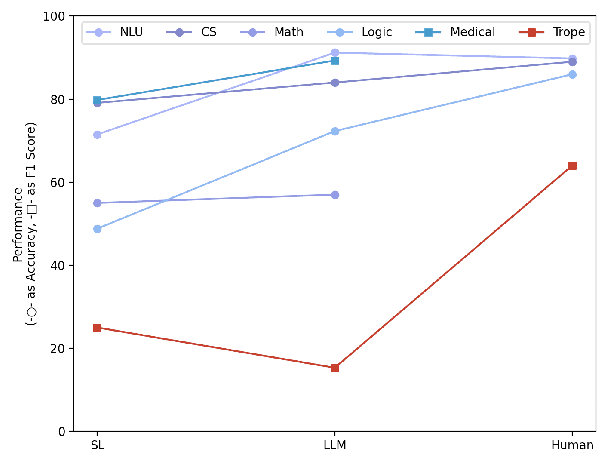

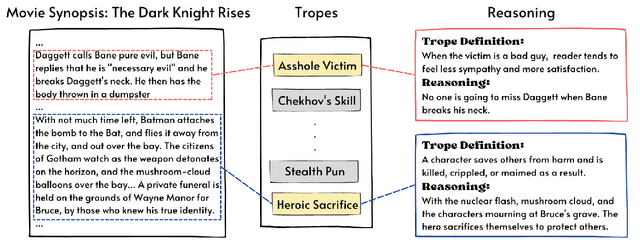

Abstract:Large language models (LLMs) equipped with chain-of-thoughts (CoT) prompting have shown significant multi-step reasoning capabilities in factual content like mathematics, commonsense, and logic. However, their performance in narrative reasoning, which demands greater abstraction capabilities, remains unexplored. This study utilizes tropes in movie synopses to assess the abstract reasoning abilities of state-of-the-art LLMs and uncovers their low performance. We introduce a trope-wise querying approach to address these challenges and boost the F1 score by 11.8 points. Moreover, while prior studies suggest that CoT enhances multi-step reasoning, this study shows CoT can cause hallucinations in narrative content, reducing GPT-4's performance. We also introduce an Adversarial Injection method to embed trope-related text tokens into movie synopses without explicit tropes, revealing CoT's heightened sensitivity to such injections. Our comprehensive analysis provides insights for future research directions.
Context-Aware Replanning with Pre-explored Semantic Map for Object Navigation
Sep 07, 2024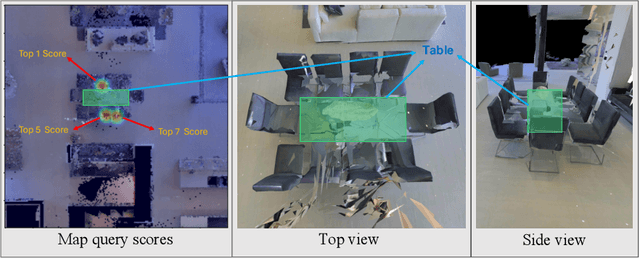
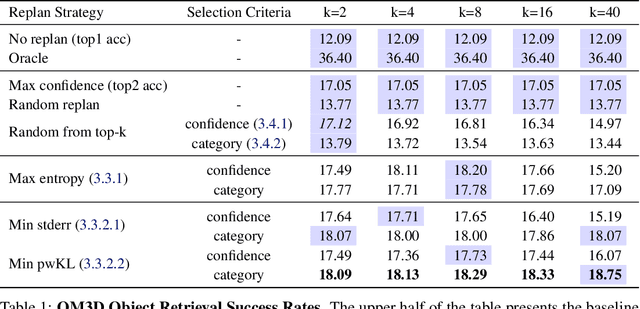
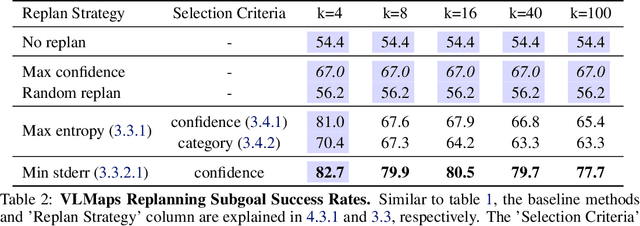
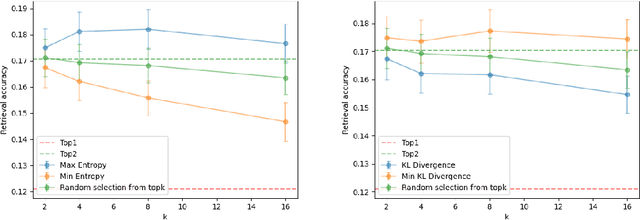
Abstract:Pre-explored Semantic Maps, constructed through prior exploration using visual language models (VLMs), have proven effective as foundational elements for training-free robotic applications. However, existing approaches assume the map's accuracy and do not provide effective mechanisms for revising decisions based on incorrect maps. To address this, we introduce Context-Aware Replanning (CARe), which estimates map uncertainty through confidence scores and multi-view consistency, enabling the agent to revise erroneous decisions stemming from inaccurate maps without requiring additional labels. We demonstrate the effectiveness of our proposed method by integrating it with two modern mapping backbones, VLMaps and OpenMask3D, and observe significant performance improvements in object navigation tasks. More details can be found on the project page: https://carmaps.github.io/supplements/.
Bridging Episodes and Semantics: A Novel Framework for Long-Form Video Understanding
Aug 30, 2024



Abstract:While existing research often treats long-form videos as extended short videos, we propose a novel approach that more accurately reflects human cognition. This paper introduces BREASE: BRidging Episodes And SEmantics for Long-Form Video Understanding, a model that simulates episodic memory accumulation to capture action sequences and reinforces them with semantic knowledge dispersed throughout the video. Our work makes two key contributions: First, we develop an Episodic COmpressor (ECO) that efficiently aggregates crucial representations from micro to semi-macro levels. Second, we propose a Semantics reTRiever (SeTR) that enhances these aggregated representations with semantic information by focusing on the broader context, dramatically reducing feature dimensionality while preserving relevant macro-level information. Extensive experiments demonstrate that BREASE achieves state-of-the-art performance across multiple long video understanding benchmarks in both zero-shot and fully-supervised settings. The project page and code are at: https://joslefaure.github.io/assets/html/hermes.html.
Investigating Video Reasoning Capability of Large Language Models with Tropes in Movies
Jun 16, 2024



Abstract:Large Language Models (LLMs) have demonstrated effectiveness not only in language tasks but also in video reasoning. This paper introduces a novel dataset, Tropes in Movies (TiM), designed as a testbed for exploring two critical yet previously overlooked video reasoning skills: (1) Abstract Perception: understanding and tokenizing abstract concepts in videos, and (2) Long-range Compositional Reasoning: planning and integrating intermediate reasoning steps for understanding long-range videos with numerous frames. Utilizing tropes from movie storytelling, TiM evaluates the reasoning capabilities of state-of-the-art LLM-based approaches. Our experiments show that current methods, including Captioner-Reasoner, Large Multimodal Model Instruction Fine-tuning, and Visual Programming, only marginally outperform a random baseline when tackling the challenges of Abstract Perception and Long-range Compositional Reasoning. To address these deficiencies, we propose Face-Enhanced Viper of Role Interactions (FEVoRI) and Context Query Reduction (ConQueR), which enhance Visual Programming by fostering role interaction awareness and progressively refining movie contexts and trope queries during reasoning processes, significantly improving performance by 15 F1 points. However, this performance still lags behind human levels (40 vs. 65 F1). Additionally, we introduce a new protocol to evaluate the necessity of Abstract Perception and Long-range Compositional Reasoning for task resolution. This is done by analyzing the code generated through Visual Programming using an Abstract Syntax Tree (AST), thereby confirming the increased complexity of TiM. The dataset and code are available at: https://ander1119.github.io/TiM
Enhancing Sustainable Urban Mobility Prediction with Telecom Data: A Spatio-Temporal Framework Approach
May 26, 2024



Abstract:Traditional traffic prediction, limited by the scope of sensor data, falls short in comprehensive traffic management. Mobile networks offer a promising alternative using network activity counts, but these lack crucial directionality. Thus, we present the TeltoMob dataset, featuring undirected telecom counts and corresponding directional flows, to predict directional mobility flows on roadways. To address this, we propose a two-stage spatio-temporal graph neural network (STGNN) framework. The first stage uses a pre-trained STGNN to process telecom data, while the second stage integrates directional and geographic insights for accurate prediction. Our experiments demonstrate the framework's compatibility with various STGNN models and confirm its effectiveness. We also show how to incorporate the framework into real-world transportation systems, enhancing sustainable urban mobility.
Tracking-Assisted Object Detection with Event Cameras
Mar 27, 2024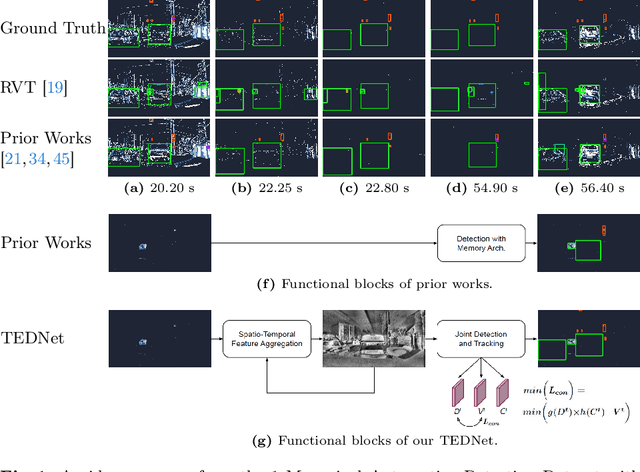


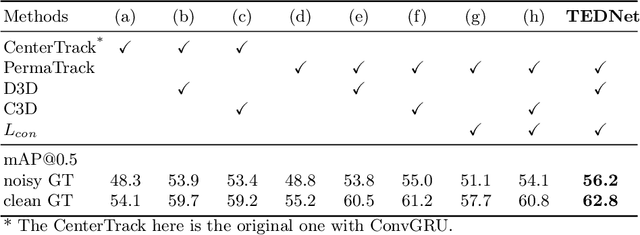
Abstract:Event-based object detection has recently garnered attention in the computer vision community due to the exceptional properties of event cameras, such as high dynamic range and no motion blur. However, feature asynchronism and sparsity cause invisible objects due to no relative motion to the camera, posing a significant challenge in the task. Prior works have studied various memory mechanisms to preserve as many features as possible at the current time, guided by temporal clues. While these implicit-learned memories retain some short-term information, they still struggle to preserve long-term features effectively. In this paper, we consider those invisible objects as pseudo-occluded objects and aim to reveal their features. Firstly, we introduce visibility attribute of objects and contribute an auto-labeling algorithm to append additional visibility labels on an existing event camera dataset. Secondly, we exploit tracking strategies for pseudo-occluded objects to maintain their permanence and retain their bounding boxes, even when features have not been available for a very long time. These strategies can be treated as an explicit-learned memory guided by the tracking objective to record the displacements of objects across frames. Lastly, we propose a spatio-temporal feature aggregation module to enrich the latent features and a consistency loss to increase the robustness of the overall pipeline. We conduct comprehensive experiments to verify our method's effectiveness where still objects are retained but real occluded objects are discarded. The results demonstrate that (1) the additional visibility labels can assist in supervised training, and (2) our method outperforms state-of-the-art approaches with a significant improvement of 7.9% absolute mAP.
AED: Adaptable Error Detection for Few-shot Imitation Policy
Feb 06, 2024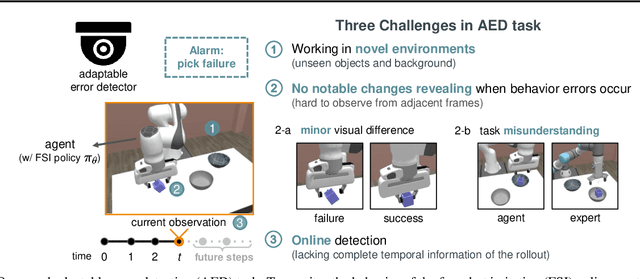
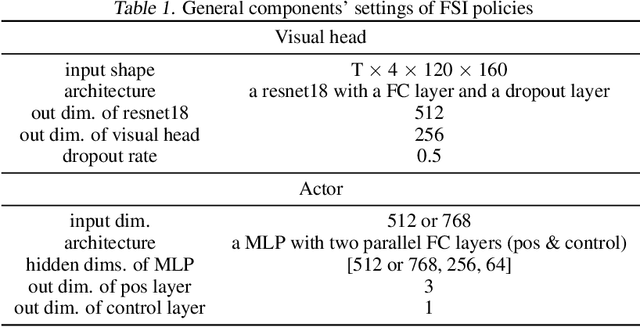
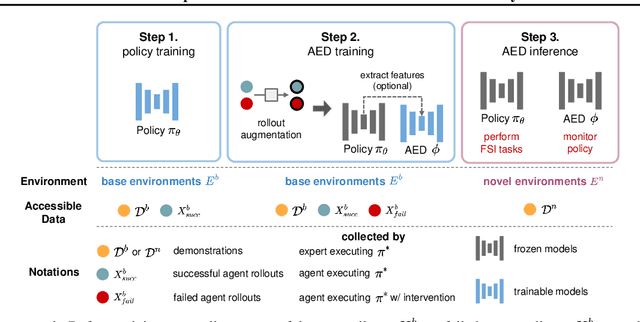
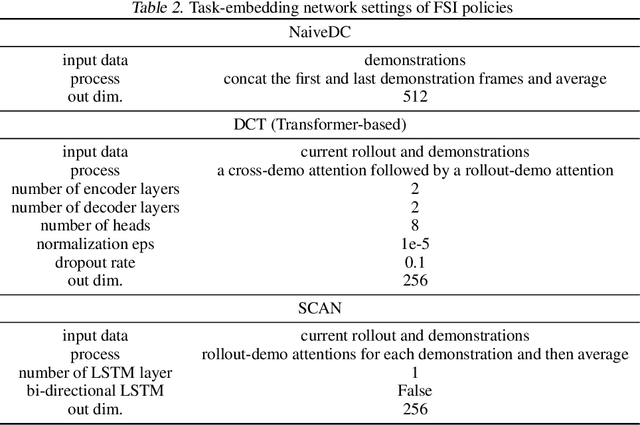
Abstract:We study how to report few-shot imitation (FSI) policies' behavior errors in novel environments, a novel task named adaptable error detection (AED). The potential to cause serious damage to surrounding areas limits the application of FSI policies in real-world scenarios. Thus, a robust system is necessary to notify operators when FSI policies are inconsistent with the intent of demonstrations. We develop a cross-domain benchmark for the challenging AED task, consisting of 329 base and 158 novel environments. This task introduces three challenges, including (1) detecting behavior errors in novel environments, (2) behavior errors occurring without revealing notable changes, and (3) lacking complete temporal information of the rollout due to the necessity of online detection. To address these challenges, we propose Pattern Observer (PrObe) to parse discernible patterns in the policy feature representations of normal or error states, whose effectiveness is verified in the proposed benchmark. Through our comprehensive evaluation, PrObe consistently surpasses strong baselines and demonstrates a robust capability to identify errors arising from a wide range of FSI policies. Moreover, we conduct comprehensive ablations and experiments (error correction, demonstration quality, etc.) to validate the practicality of our proposed task and methodology.
TelTrans: Applying Multi-Type Telecom Data to Transportation Evaluation and Prediction via Multifaceted Graph Modeling
Jan 06, 2024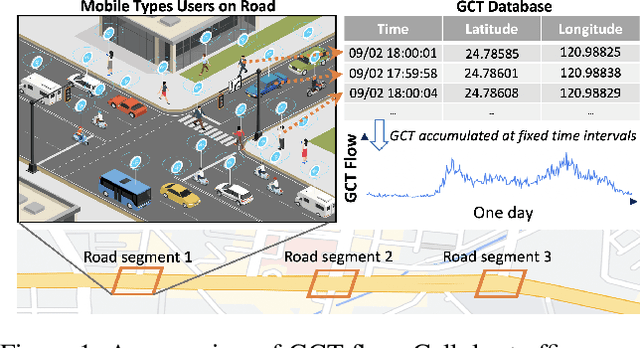

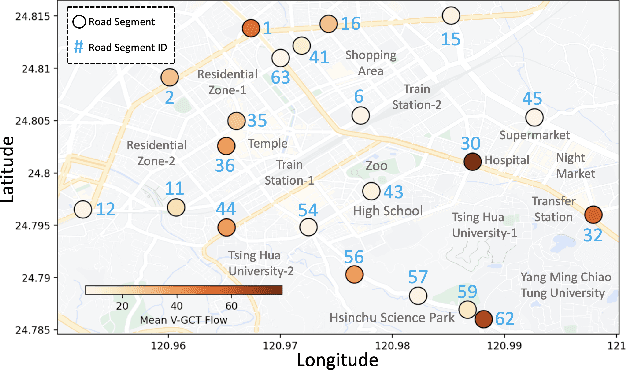

Abstract:To address the limitations of traffic prediction from location-bound detectors, we present Geographical Cellular Traffic (GCT) flow, a novel data source that leverages the extensive coverage of cellular traffic to capture mobility patterns. Our extensive analysis validates its potential for transportation. Focusing on vehicle-related GCT flow prediction, we propose a graph neural network that integrates multivariate, temporal, and spatial facets for improved accuracy. Experiments reveal our model's superiority over baselines, especially in long-term predictions. We also highlight the potential for GCT flow integration into transportation systems.
Unsupervised Adversarial Detection without Extra Model: Training Loss Should Change
Aug 07, 2023

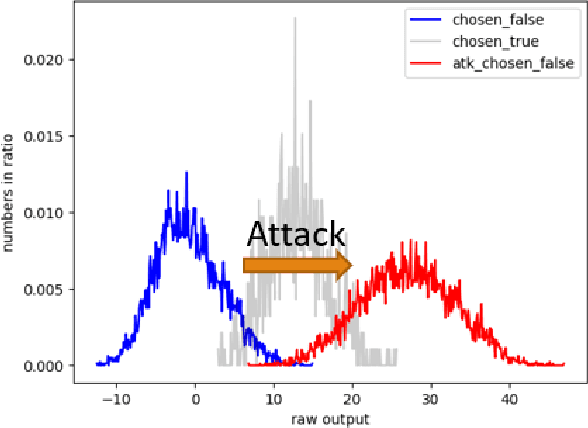
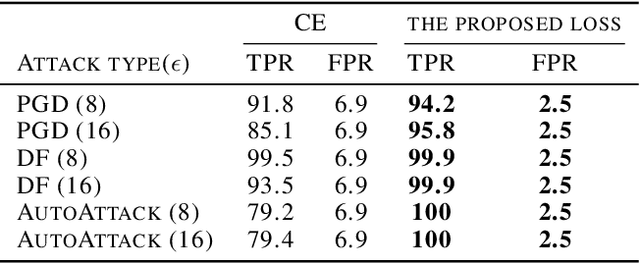
Abstract:Adversarial robustness poses a critical challenge in the deployment of deep learning models for real-world applications. Traditional approaches to adversarial training and supervised detection rely on prior knowledge of attack types and access to labeled training data, which is often impractical. Existing unsupervised adversarial detection methods identify whether the target model works properly, but they suffer from bad accuracies owing to the use of common cross-entropy training loss, which relies on unnecessary features and strengthens adversarial attacks. We propose new training losses to reduce useless features and the corresponding detection method without prior knowledge of adversarial attacks. The detection rate (true positive rate) against all given white-box attacks is above 93.9% except for attacks without limits (DF($\infty$)), while the false positive rate is barely 2.5%. The proposed method works well in all tested attack types and the false positive rates are even better than the methods good at certain types.
 Add to Chrome
Add to Chrome Add to Firefox
Add to Firefox Add to Edge
Add to Edge